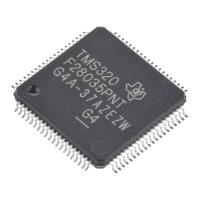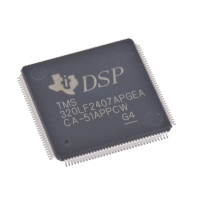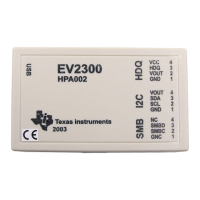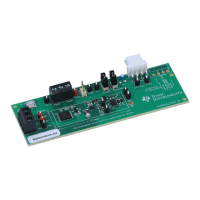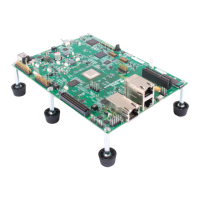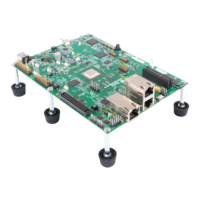Introduction
-
Getting
Started
Each
component
of
the compiler creates a file that the next component
uses
as
input
(for
example, the preprocessor creates
an
input
file for the
parser).
Each
component names its
output
file by using the source
fi-
lename
with
special extensions that indicate
which
component created
the file.
This
example uses and creates the
following
files:
a) The source
file
function.
c is
input
for the preprocessor; the pre-
processor creates a modified
C source file called
function.
cpp.
b)
function.
cpp
is
input
for the parser; the parser creates
an
inter-
mediate file
called
function.
if.
c)
function.
if
is
input
for the code generator; the code generator
creates
an
assembly language file called
function.
asm.
d)
function.
asrn
is
input
for the assembler; the assembler creates
an
object file called
function.
obj.
3)
The final
output
of
the batch file is
an
object file. This example creates
an
object file called
function.
obj.
To create
an
executable object
module,
link the object file created by the batch file
with
the runtime-
support library
rts
.1ib:
gsp1nk
-c
function
-0
function.
out
-1
rts.1ib
This examples uses the
-c
linker option because the code came from a
C program. The -I option tells the linker that the
input
file
rts
.1ib
is
an
object library. The
-0
option names the
output
module,
func-
tion.
out;
if
you
don't
use the
-0
option, the linker names the
output
module
a.out.
You can find more information about invoking the compiler, the assembly
language tools,
and the batch files in the
following
sections:
Section
Page
3.1
Preprocessor (gspcpp) Description ........................................................
3-2
3.2 Parser (gspcc) Description .......................................................................
3-6
3.3 Code Generator (gspcg) Description ......................................................
3-8
3.4 Compiling and Assembling a Program ................................................. 3-11
3.5 Linking a
C Program ...............................................................................
3-13
1-7
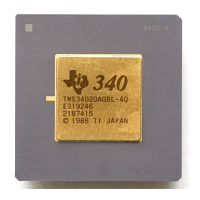
